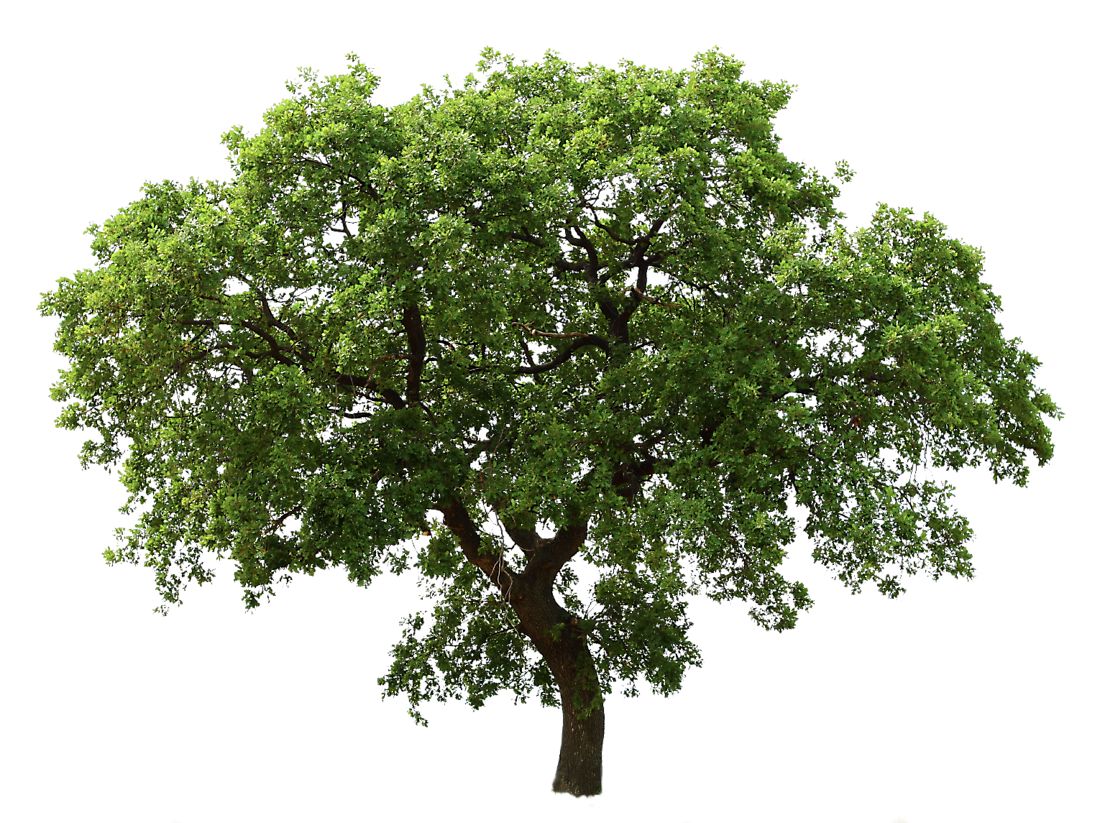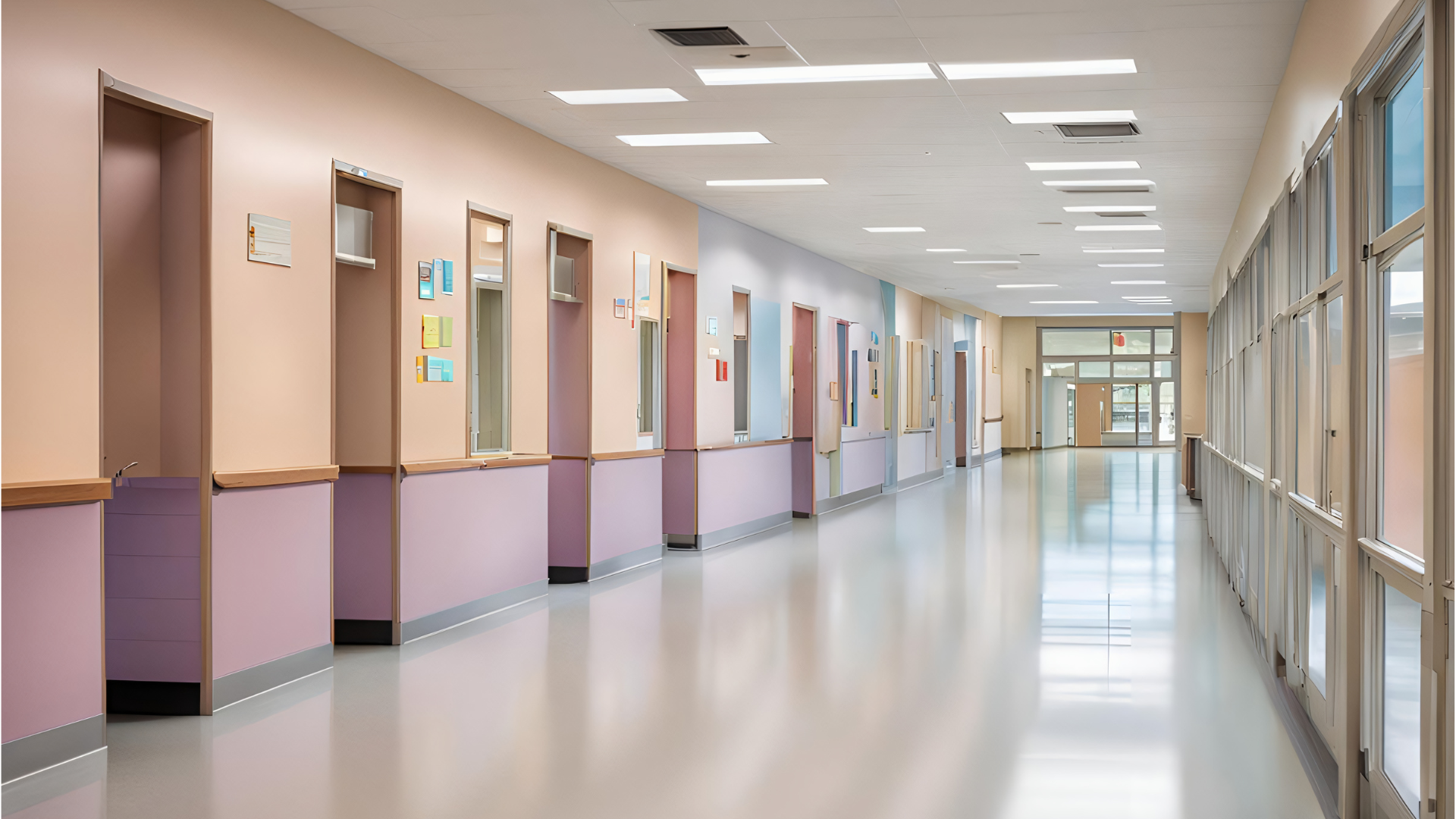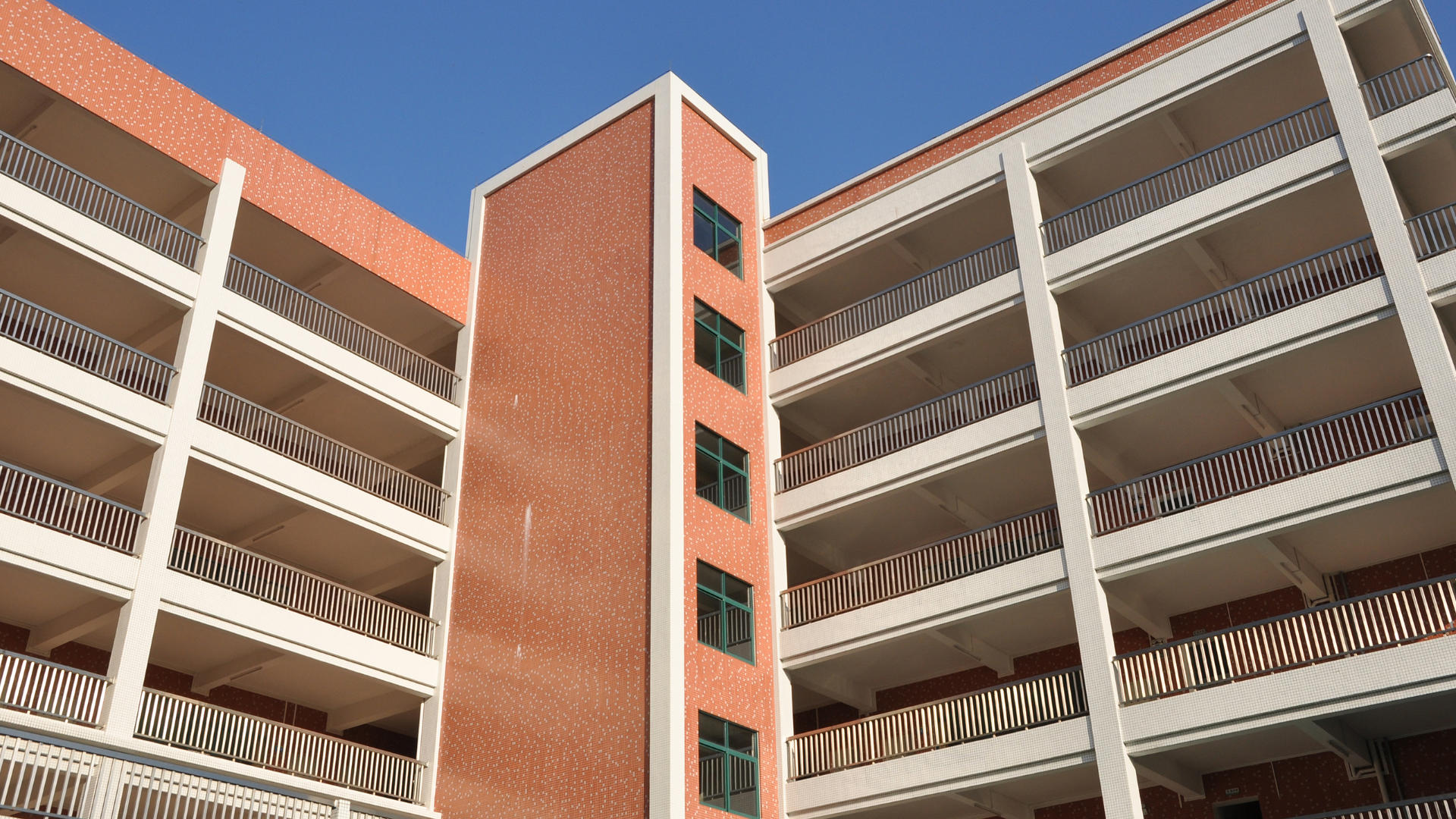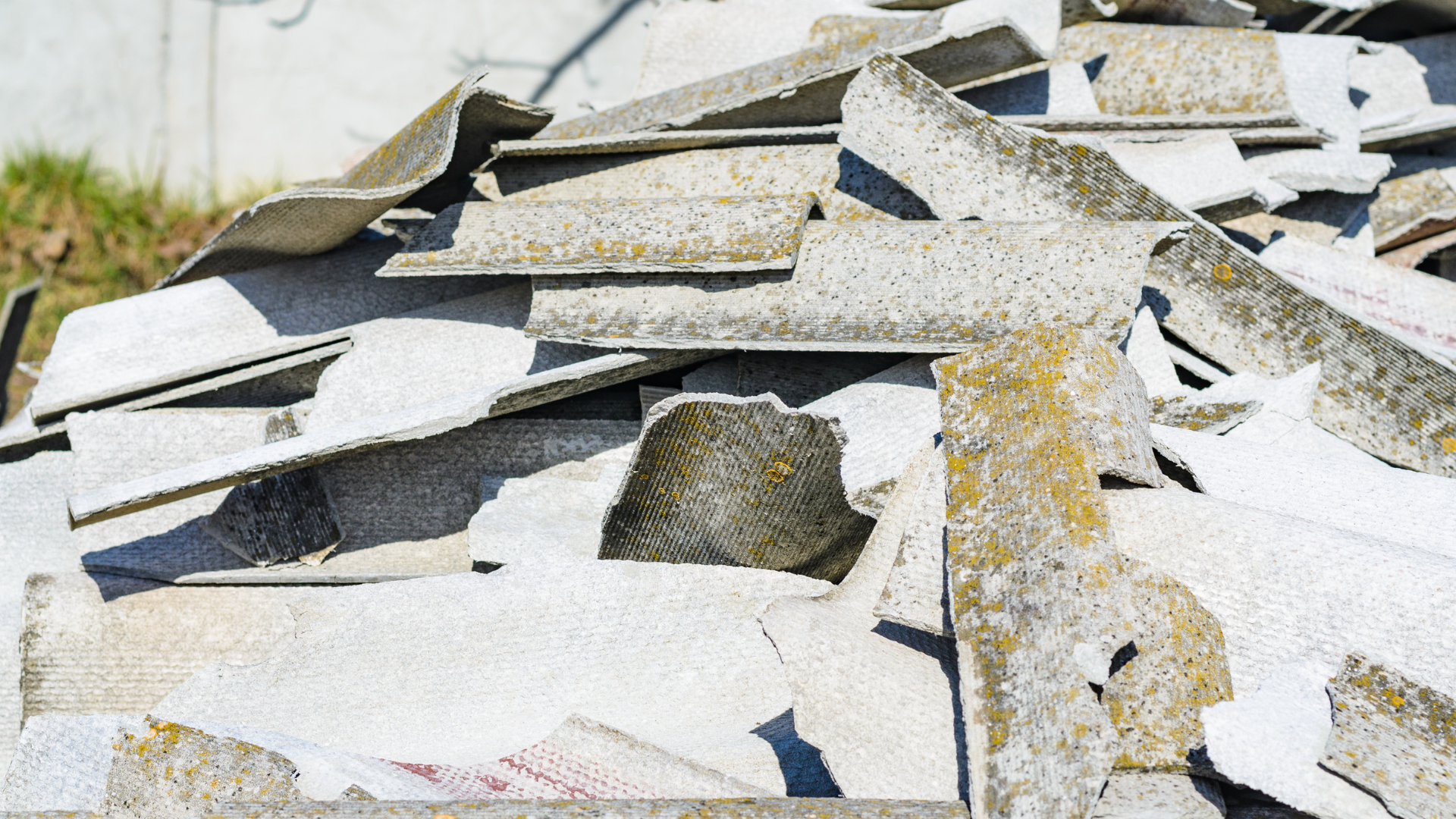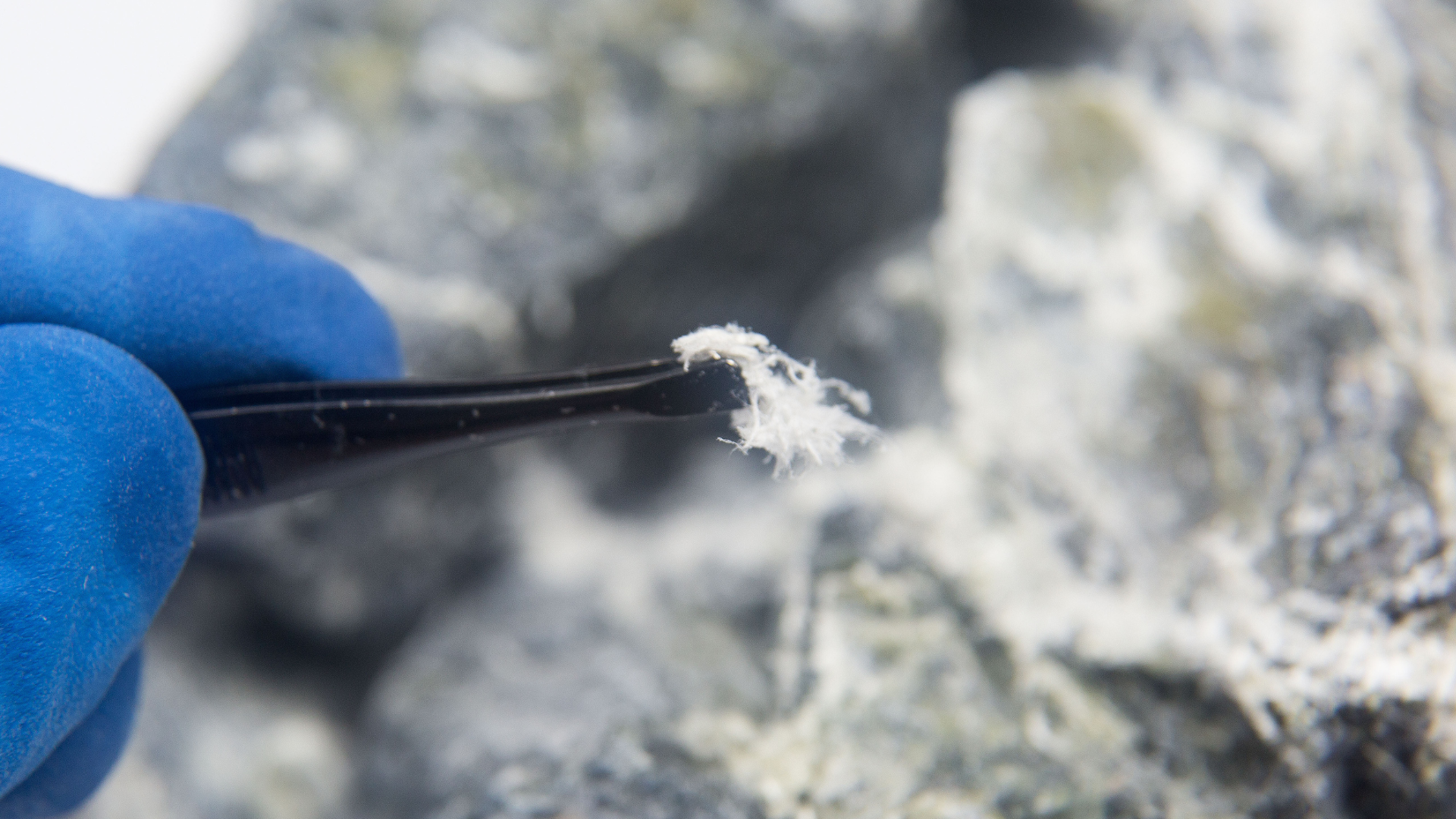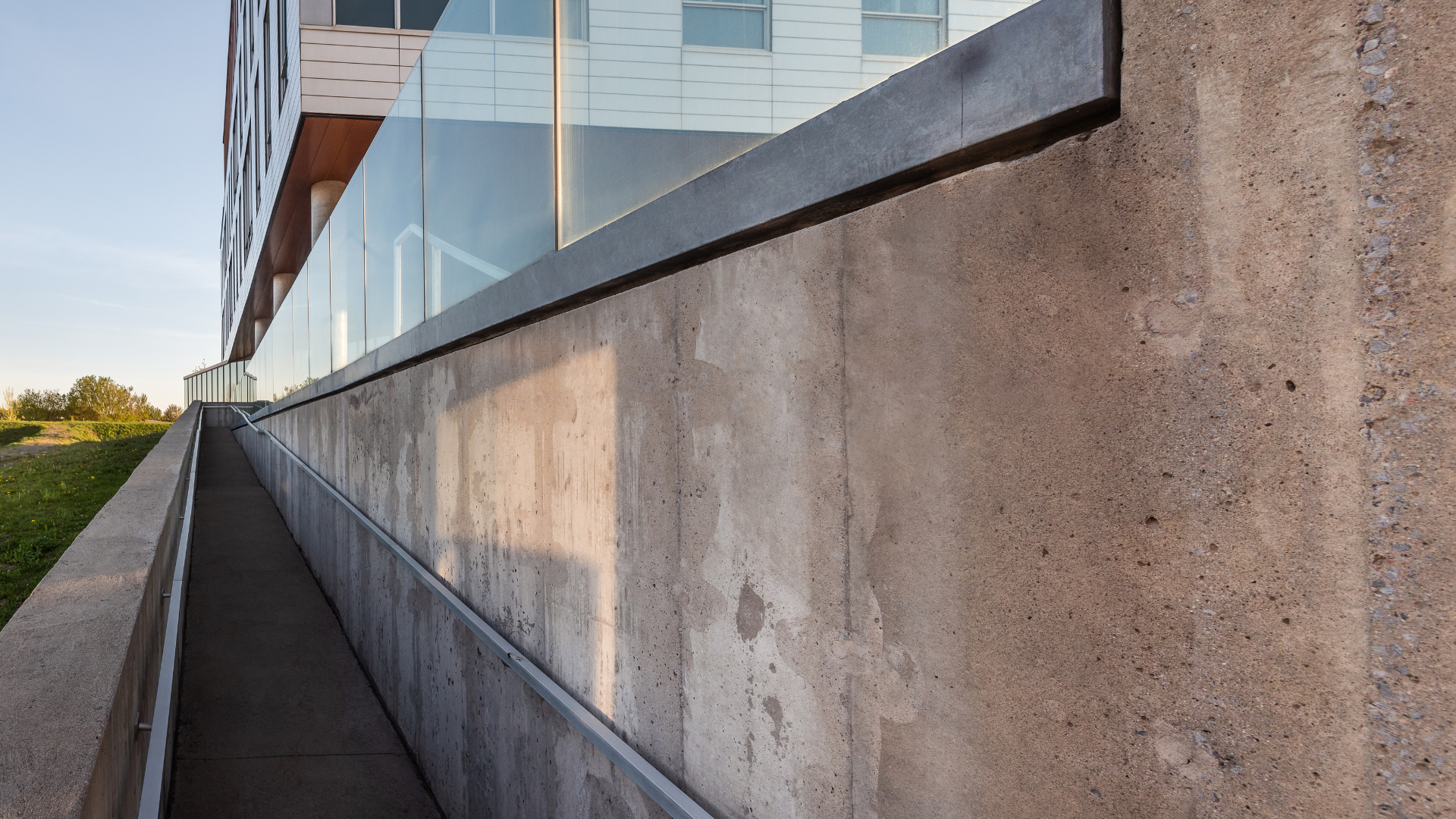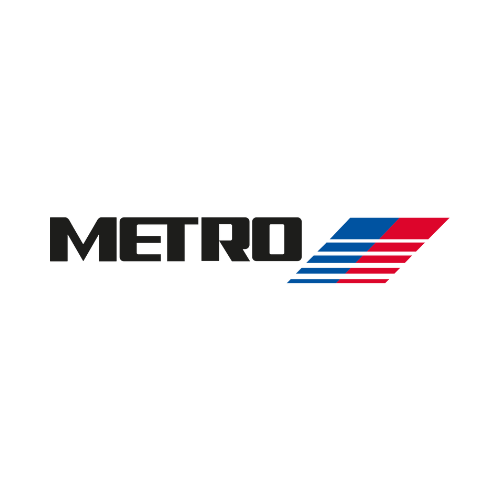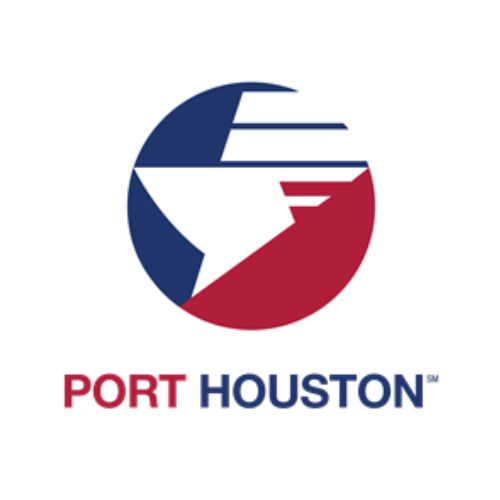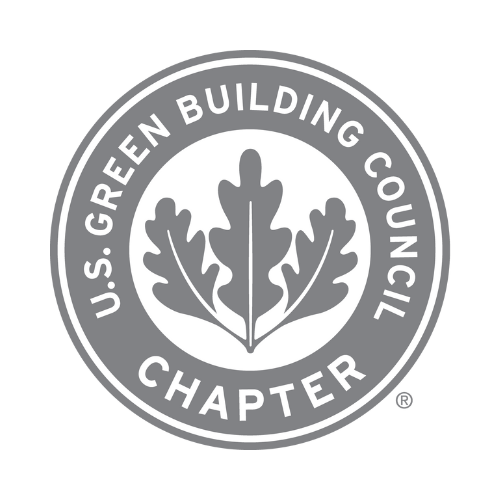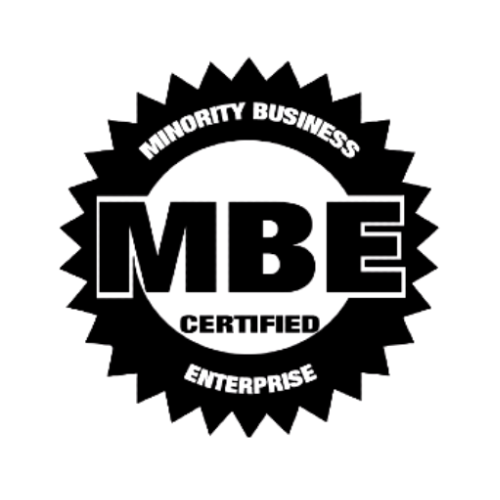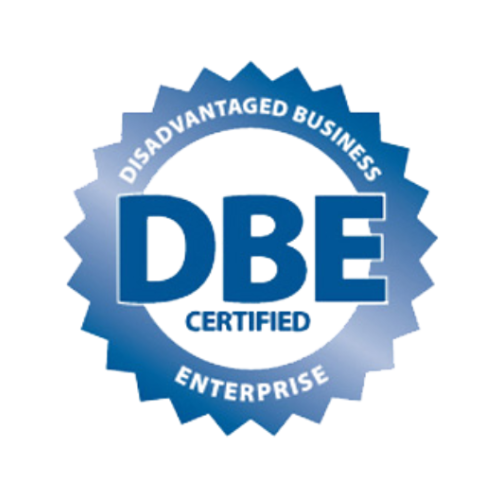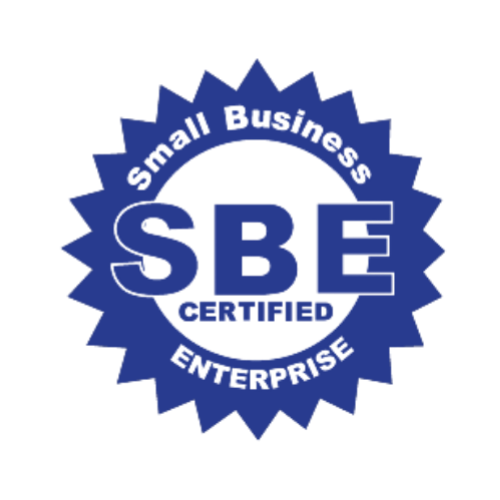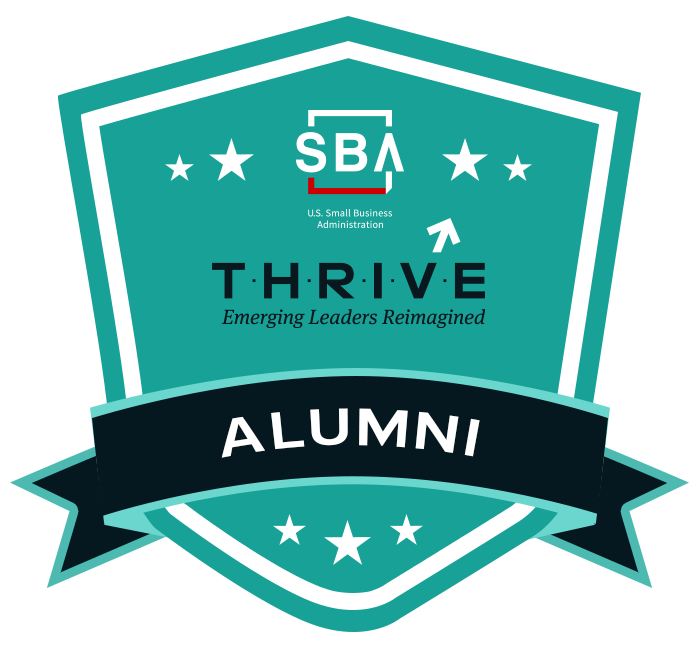Fire & Flood Restoration
Environmental Services
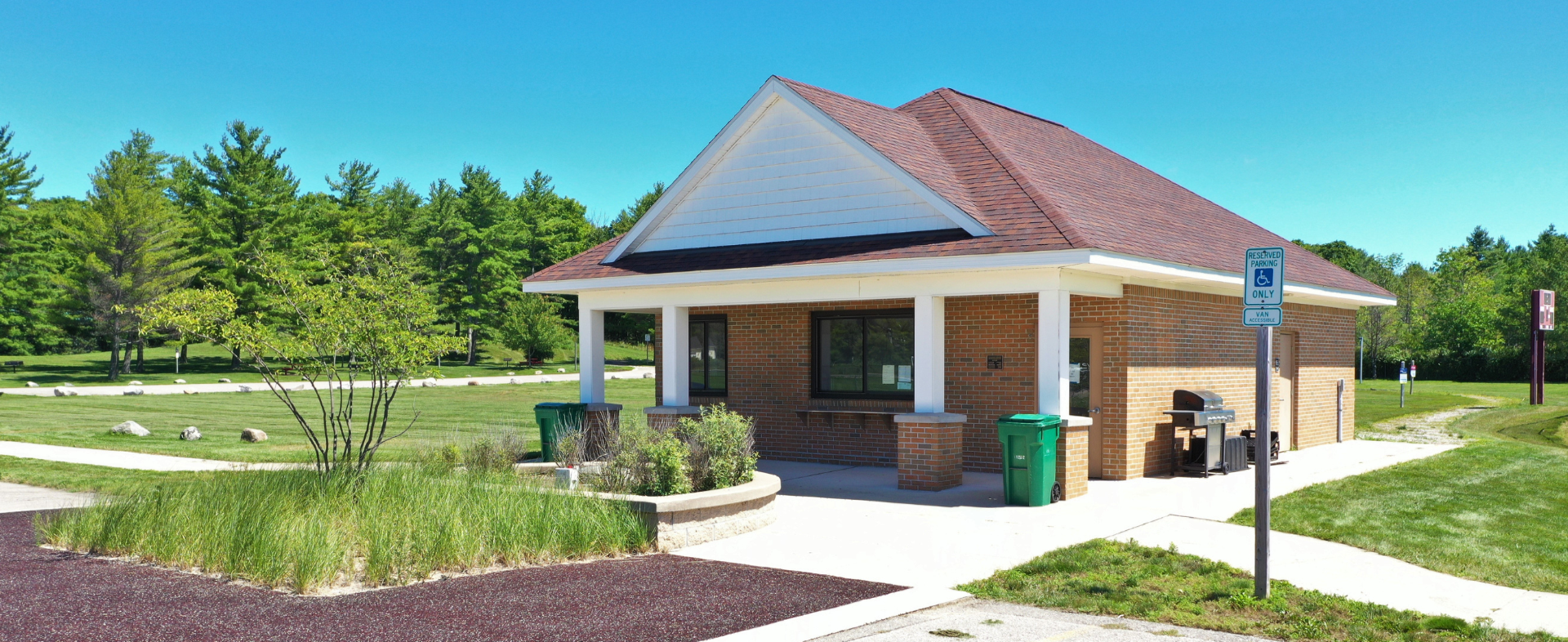
Our company has provided fire and flood restoration for residential and commercial clients for over 15 years. Our team is responsive and courteous. We know that unexpected disasters occur and we are sensitive to those circumstances. Fire and flood restoration service should be left to a professional who has the attention to detail and experience to proactively manage an environment that prevents mold from growing after fire or flood restoration services are rendered.
According the IICRC (Institute of Inspection Cleaning and Restoration Certification), which sets the standards for the cleaning industry and water damage restoration training, there are several different levels and classes involved in liquid destruction. From the IICRC’s S500 standards, there are three categories describing the type of liquid involved.
Category 1
This is liquid from a clean and sanitary source, such as faucets, toilet tanks, drinking fountains, etc. But, category one can quickly degrade into category two.
Category 2
This category of liquid used to be called grey water, and is described as having a level of contaminates that may cause illness or discomfort if ingested. Sources include dishwasher or washing machine overflows, flush from sink drains, and toilet overflow with some urine but not feces.
Category 3
This is the worst classification and is grossly unsanitary. It could cause severe illness or death if ingested. It used to be called black water, and sources include sewer backup, flooding from rivers or streams, toilet overflow with feces, and stagnant liquid that has begun to support bacterial growth.
Next are the classes of destruction
Class 1. The lowest and easiest to deal with, this has a slow evaporation rate. Only part of a room or area was affected, there is little or no wet carpet, and the moisture has only affected materials with a low permeance rate, such as plywood or concrete.
Class 2. With a fast evaporation rate, this level affects an entire room, carpeting, or cushioning, the wetness has wicked up the walls at least 12”, and there is moisture remaining in structural materials.
Class 3. This class has the fastest evaporation rate, and ceilings, walls, insulation, carpet and subfloors are all saturated. The liquid may have come from overhead.
Class 4. This class is labeled as specialty drying situations, which means there has been enough liquid and time to saturate materials with very low permeance, such as hardwood, brick, or stone.
In order for smoke damage restoration to be most effective, the job should be approached as soon as possible by a professional. Our professional technicians can remove and neutralize odors, and identify which items may be able to be restored. Smoke, ash, and even the water used to put out the fire contribute to the devastation, so having someone with the proper training is crucial.

